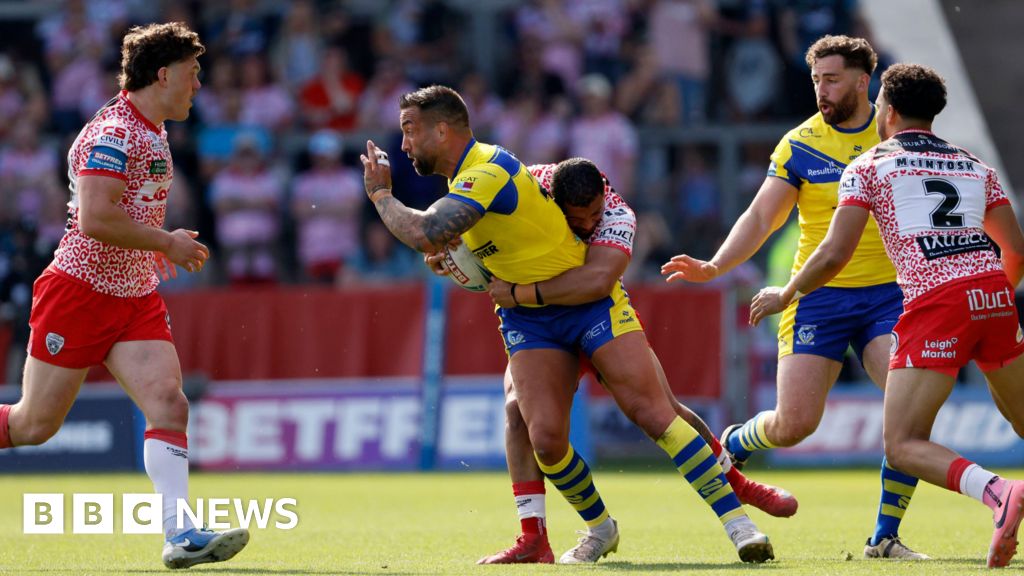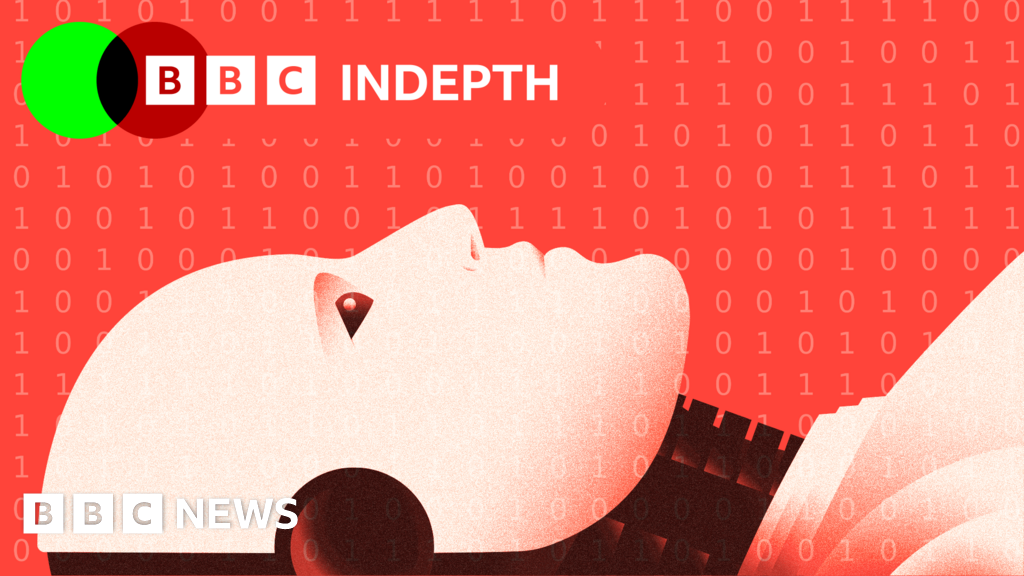- Education
Daily Telegraph to be sold to US firm RedBird
时间:2010-12-5 17:23:32 作者:Careers 来源:World 查看: 评论:0内容摘要:25-percent tariffs on steel and aluminium25-percent tariffs on steel and aluminium
This collection of 100 archived images of life in Palestine before the, when Zionist militias expelled at least 750,000 Palestinians and captured 78 percent of historical Palestine.

Browse through Palestine as it was: people, places, and life and culture.The children, elders, farmers and merchantsAt the heart of any place is its people. This section gathers faces and figures of children, elders, farmers and merchants, capturing a moment in each of their lives.

Traditional dress, expressions and gestures reflect a culture rich in diversity. Muslims, Christians, Jews, and Bedouins appear side by side, revealing a land defined not by division, but by coexistence.Individual portraits

Each face carries its own story of life, labour, joy, or longing.
Drag the slider or click on an image to see it in more detail.For many Russians who spoke to Al Jazeera about their experiences since the invasion, the corporate exodus has been tolerable.
“In the beginning, it was very unusual to see all the stores closed in the mall. But I am now buying the same brands online,” Guzel, a resident of the central Russian city of Kazan, told Al Jazeera.“Yes, it is less convenient, you cannot try things on before buying, but that’s a minor problem.”
Daria, an entrepreneur in Moscow who asked to be referred to by only her first name, said she was not bothered by the minor inconveniences stemming from the exit of Western brands.“The real cause of my everyday anxiety is people in military uniform on the streets of Moscow, the state of war with a neighbouring country, and oppressive laws that were implemented for the last two years that forbid me even to call it a war. So the reason brands left - that’s what bothers me, not the consequences,” Daria told Al Jazeera
- 最近更新
- 2025-07-07 09:43:402-Tier Multi-Purpose Bathroom Under Sink Organizers (2-pack)
- 2025-07-07 09:43:40Solitaire CentralPlayMasque Publishing
- 2025-07-07 09:43:40AOLPros and cons of an adjustable-rate mortgage: 4 reasons a flexible ARM is worth another look
- 2025-07-07 09:43:407 best investment platforms: Low-cost options to put your money to work
- 2025-07-07 09:43:40Blocked 10PlayMasque Publishing
- 2025-07-07 09:43:40The 5-Ingredient Tomato Salad I Make All Summer Long
- 2025-07-07 09:43:40Wahoo: The Marble Board GamePlayMasque Publishing
- 2025-07-07 09:43:40Solitaire: GapsPlayMasque Publishing
- 热门排行
- 2025-07-07 09:43:40Cost-of-Living Adjustment (COLA) Information for 2025
- 2025-07-07 09:43:40Jigsaw: Mechanical WondersPlayMasque Publishing
- 2025-07-07 09:43:40booking excursions through the cruise line
- 2025-07-07 09:43:402-Tier Multi-Purpose Bathroom Under Sink Organizers (2-pack)$25$40Save $15with coupon
- 2025-07-07 09:43:40How the Fed rate affects your student loans
- 2025-07-07 09:43:40Coconut Letter SwapPlayMasque Publishing
- 2025-07-07 09:43:40Air India plane crashes shortly after takeoff, carrying more than 240 people
- 2025-07-07 09:43:40Starts WithPlayMasque Publishing
- 友情链接
- Iran's Palme d'Or-winning director cheered as he arrives home Hectic two weeks leaves Russia confident - and peace in Ukraine feeling no closer Lobster 'releasathon' marks hatchery's anniversary Nature inFocus Photography Awards 2024: Leopards, sharks and spiders 'We make more money from weddings now than farming' Dozens injured by Israeli gunfire as crowds overwhelmed Gaza aid site, UN says The real problem facing Britain's shrinking military 'It's going to be ugly': Westminster braces for Spending Review How 'laughing gas' became a deadly - but legal - American addiction Second suspect arrested in alleged crypto torture scheme Gavin & Stacey festival postbox topper vandalised Flying geese mural 'reflects city's changing face' 'Nowhere is safe' - Cameroonians trapped between separatists and soldiers Simon Jack: Tariff ruling doesn't really change US-UK deal Workers optimistic but overwhelmed by AI - study Weekly quiz: How did this ship end up in a Norwegian garden? Butt-lift injector banned from carrying out procedures US hikers reported a death. But they imagined it while high on mushrooms Life is improving in Nigeria, Tinubu says Clock still keeping village on time after 500 years Tolkien statues for village that inspired his work Beginning of the end? Ukraine's front-line soldiers eye Russia talks with hope The real problem facing Britain's shrinking military Your pictures on the theme of 'monochrome' South Africa police target gang kidnapping women in shopping centres Winemakers finding Trump's tariffs hard to swallow Reeves outlines plan for £25bn pension 'megafunds' From prodigy to leader: Can Shubman Gill shape the future of Indian Test cricket? Arrests over French cryptocurrency kidnapping plots India's Banu Mushtaq makes history with International Booker win
